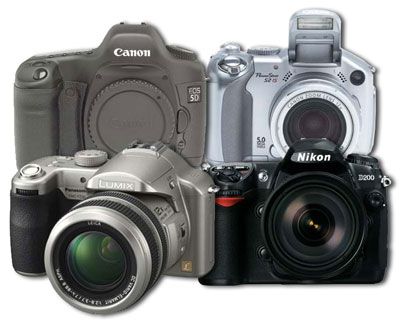It used to be that when you befriended someone, they'd take out their wallet and unfold a 2-foot-long chain of photos of their loved ones to show you. Now, most people can instead pull out their camera -- or even cell phone -- and with the push of a button, shuffle through dozens to hundreds of digital pictures.
Though you may mourn the fact that print photos are becoming less common, digital pictures have many advantages. You may still choose to create print copies from digital photos, but now, a digital picture of your spouse or children can also adorn the background of your cell phone display or the wallpaper on your computer desktop. And, perhaps the main benefit of digital pictures is this: You can quickly and easily share them with others.
Advertisement
One way to share digital photos is via e-mail, which is actually a simple process. Whether you use desktop-based e-mail (such as Microsoft Outlook or Apple's Mail) or a web-based service (such as Gmail, Hotmail or Yahoo), the core process for attaching a photo is pretty much the same:
- Save the digital photo on your computer with a name and in a folder where you will remember how to find it later.
- In your e-mail system, open up a new message.
- Look for an option on the toolbars to "attach a file." The icon representing a file attachment is usually a paperclip. Or, in your e-mail service, there might be a menu called "Insert" (along the same toolbar as the "File" and "Edit" menus) that includes the option of "File Attachment."
- This should open up a new window that allows you to browse your computer's files. (Or, choose the option to "Browse" if it doesn't automatically.)
- Use the browsing window to find the photo you saved earlier, click on the file and choose "Insert" (or whatever variation your computer uses, such as "Attach" or "OK." Or, simply double clicking the file may also work).
And, voila! Your photo should now be attached to your e-mail message. You can send your message to another e-mail address.
However, something could prevent your recipient from getting the e-mail at all. Read on to find out what that is and how to prevent it, as well other tips.
Advertisement

